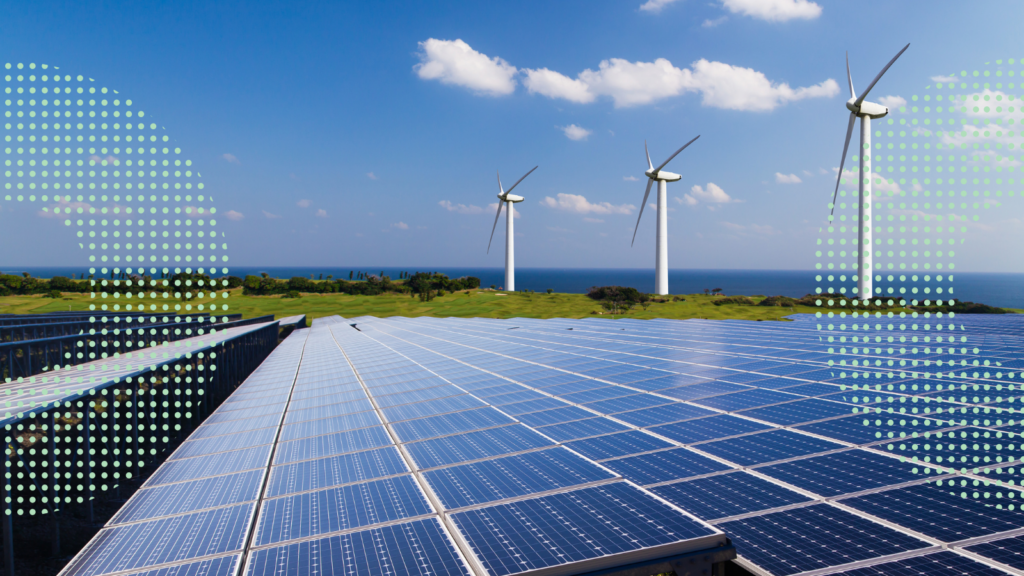After days of uncertainty, Joe Biden and Kamala Harris have won the US election 2020. Here’s How Joe Biden plans to tackle climate change.
The work begins : to make the hands-off between governments, figure our who will fill key posts, and start making the to-do list.
Biden’s Ambitious Climate Plan
Contrast with President Trump policies on climate and environmental justice, Joe Biden’s proposal calls for an agressive shift to clean energy, carbon neutrality and massive federal investment to drive these changes. To make up for the loss time and to advance action towards climate crisis, Biden’s has come ups with 4 climate plans :
- entering back the into the Paris climate agreement as soon as he enters office
- decarbonising US national grid by 2035
- $21tn investment in renewable energy
- net zero by 2050
Via Biden Harris 2020 Campaign Press secretary, Jamal Brown, Joe Biden has shared his strong list with at least 10 executive actions to tackle climate change :
- Ensuring that all US government installations, buildings, and facilities are more efficient and climate ready, harnessing the purchasing power and supply chains to drive innovation
- Requiring aggressive methane pollution limits for new oil and gas operations
- Using the federal government procurement system – which spends $500 billion every year – to drive toward 100 percent clean energy and zero-emissions vehicles
- Savings consumers money and reducing emissions through new, aggressive appliance and building efficiency standards
- Reducing greenhouse gas emissions from transportation – the fastest growing source of climate pollution – by preserving and implementing the existing Clean Air Act, and developing rigorous new fuel economy standards aimed at ensuring 100 percent of new light-and medium-duty vehicles will be electrified and annual improvements are made for heavy-duty vehicles.
- Doubling down on the liquid fuels of the future which make agriculture a key part of the solution to climate change. Advanced biofuels, made with materials like switchgrass and algae, can create jobs and new solutions to reduce emissions in planes, oceangoing vessels, and more
- Committing that every federal infrastructure investment should race climate pollution, and require any federal permitting decision to consider the effects of greenhouse gas emissions and climate change.
- Requiring public companies to disclose climate risks and the greenhouse gas emissions in their operations and supply chains.
- Protecting biodiversity, slowing extinction rates and helping leverage natural climate solutions by conserving 40 percent of America’s lands and waters by 2030.
- Protecting America’s natural treasures by permanently protecting the Artic National Wildlife Refuge and other areas impacted by President Trump’s attacks on federal lands and waters, establishing national parks and monuments that reflect America’s natural heritage, banning new oil and gas permitting on public lands and waters, modifying royalties to account for climate costs, and establishing targeted programs to enhance reforestation and develop renewables on federal lands and waters, with the goal of doubling offshore wind by 2030
If Biden manages to secure the Presidency, here's what can and can't be done without control of the Senate: via @RapidanEnergy pic.twitter.com/ONIj3cParB
— Leslie Hayward (@leslietron) November 4, 2020
What does all this mean for all of us ?
You guessed it ! The work is far from over. There are a lot more to climate action than just scientific and strong government policies.
Here’s what we can do :
- call on businesses, both big businesses and SMEs to revisit their supply chain practices and stop producing new plastic and invest in new recycling technologies and infrastructure for collecting waste.
- Each of us has the power to control what we eat, buy, and use in our daily life. All our habits contribute to a massive change, either good or bad. By creating new and sustainable habits, from eating less meat and reducing our plastic consumption to taking fewer long-haul flights and replanting trees in our own community/neighbourhood we can have a world that support our existence.
There will be blockers, divisions, challenges ahead from the senate, businesses and outspoken individuals opposing climate action. But for people in the US as well as around the world, we now have a baseline to work with and we build from here.
The movement towards a cleaner future comes from all of us. Together we can create a coalitions to create action on climate change and from there, nudge the holdouts to do more. The connection between consumers – businesses – governments needs to be steadfast to achieve real change. Let’s go !


